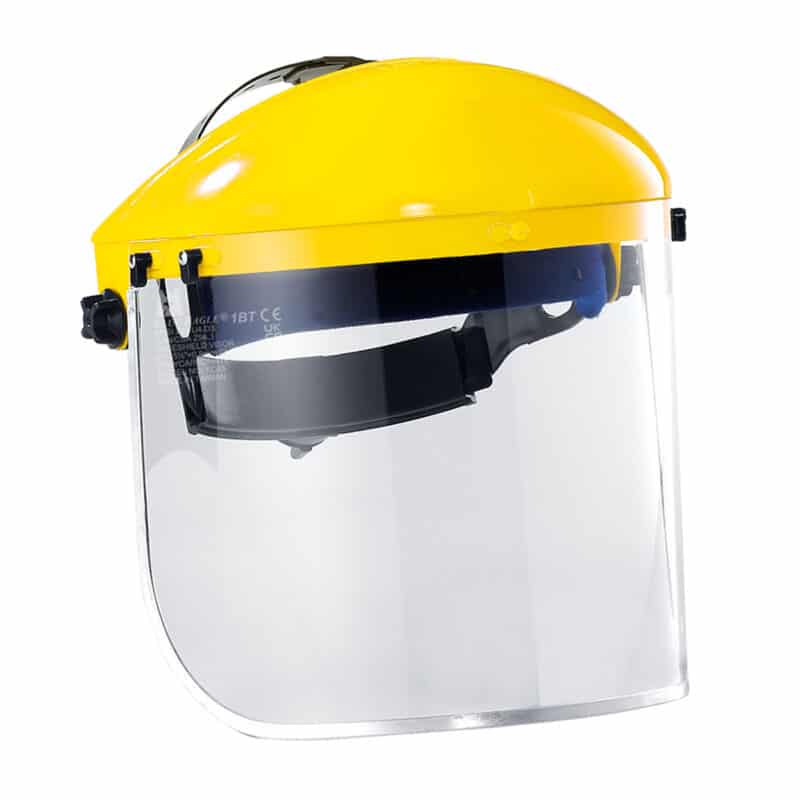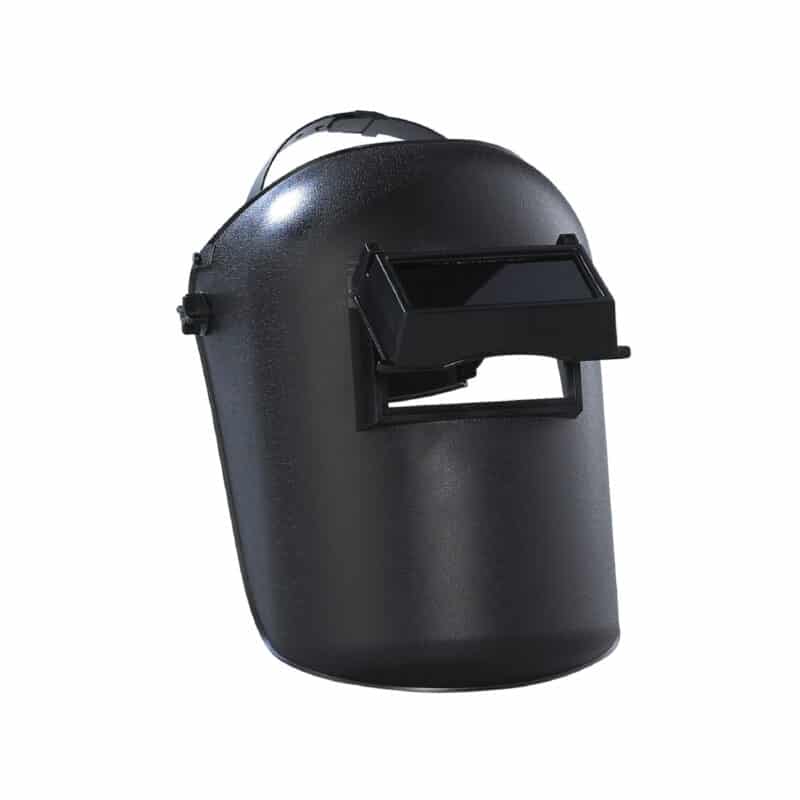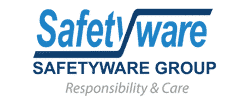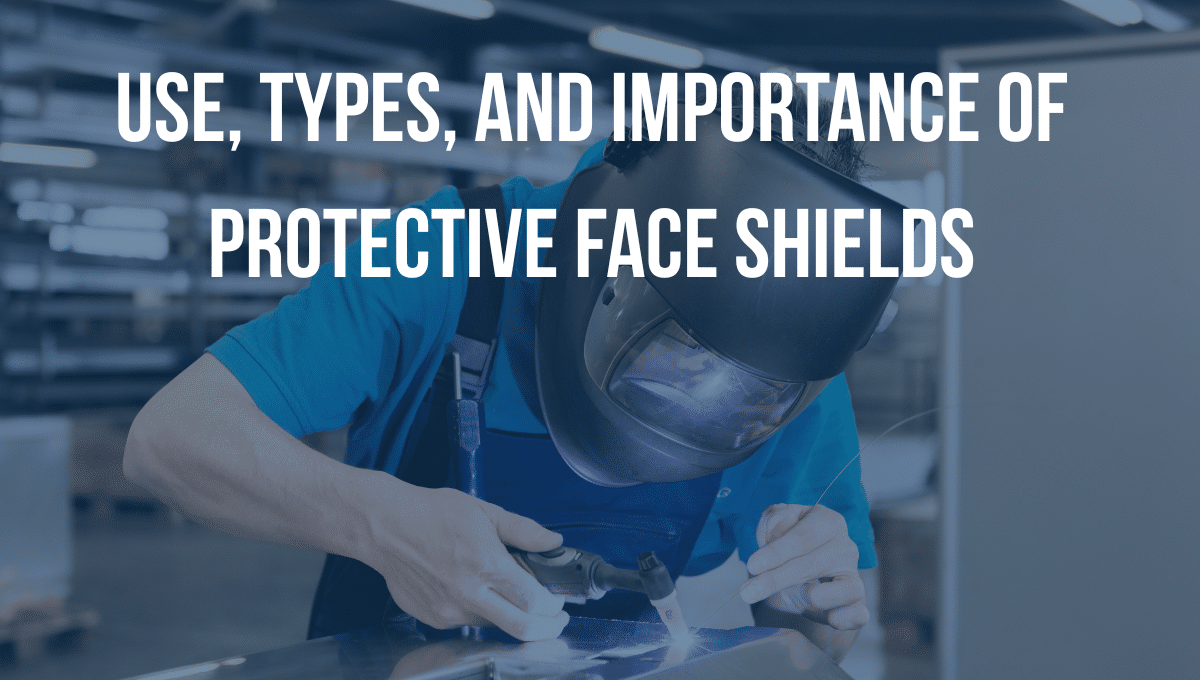Face shields are a type of personal protective equipment (PPE), offering critical protection for workers across industries. Whether protect against chemical splashe or infectious agents, these barriers combine visibility with robust defense. In this blog, we’ll explore their importance, types, and best practices for selection and use, with examples from SafetyWare’s PPE lineup.
Why Are Face Shields Important?
- Comprehensive Coverage: They protect the entire face—eyes, nose, mouth, and skin—from splashes, sparks, and debris, reducing the risk of injuries like chemical burns or eye trauma.
- Infection Control: In healthcare, face shields block respiratory droplets and bodily fluids, minimizing exposure to pathogens like COVID-19 or Ebola.
- Enhanced Safety Compliance: OSHA mandates face shields for tasks involving flying debris, chemical handling, or electrical work, ensuring regulatory adherence.
- Versatility: They complement other PPE (e.g., goggles, respirators) without compromising comfort or visibility.
Types
1. Full-Coverage Face Shields

- Use: Ideal for welding, construction, or chemical handling.
- Features: Extend from the forehead to below the chin, often made of impact-resistant polycarbonate.
- Example: SafetyWare Full-Coverage Anti-Fog Face Shield (ANSI Z87.1 certified) offers UV protection and wraparound design for peripheral safety.
2. Disposable Face Shields
- Use: Single-use settings like medical procedures or food processing.
- Features: Lightweight PET or PETG material with foam headbands for comfort.
- Example: SafetyWare Disposable Face Shield (FDA-compliant) provides splash protection and anti-fog clarity.
3. Welding Helmets with Face Shields

- Use: Protects against sparks, UV radiation, and infrared light during welding.
- Features: Auto-darkening lenses and flame-resistant materials.
- Example: SafetyWare Welding Face Shield combines a vulcanized fiberglass shell with adjustable headgear.
4. Medical Face Shields
- Use: Infection control in hospitals or labs.
- Features: Extended visors covering the neck, often paired with masks.
- Example: SafetyWare Medical Face Shield includes a foam forehead cushion for extended wear.
How to Choose the Right Shield
Selecting the appropriate shield depends on three factors:
1. Hazard Assessment
- Impact Risks: Opt for polycarbonate shields (e.g., SafetyWare Industrial Shield) for construction or machining.
- Chemical Exposure: Choose acetate or indirect vented goggles-compatible models.
- Biohazards: Prioritize full length, disposable shields with anti fog coatings.
2. Material and Durability
- Polycarbonate: High impact resistance, ideal for industrial use.
- PETG: Lightweight and cost effective for short-term tasks.
- Acetate: Superior chemical resistance for labs.
3. Compliance and Fit
- Ensure ANSI Z87.1, EN 166, or CSA Z94.3 certifications.
- Adjustable headbands and wraparound designs improve comfort and stability.
Proper Usage and Maintenance
- Donning: Wear with safety glasses or goggles for complete eye protection.
- Cleaning: Disinfect reusable shields with mild soap or approved solutions; discard damaged shields.
- Storage: Hang shields to prevent scratching and maintain optical clarity.
Conclusion
From safeguarding healthcare workers against infectious diseases to protecting welders from radiant energy, face shields are indispensable in modern safety protocols. By understanding their types, applications, and compliance requirements, organizations can enhance workplace safety while meeting regulatory standards.
Explore SafetyWare’s range of face shields here to find the perfect fit for your team’s needs.
Any Questions? Contact Us:
📩 Email: [email protected]
🌐 Website: www.safetyware.com
📞 Contact us: WhatsApp

